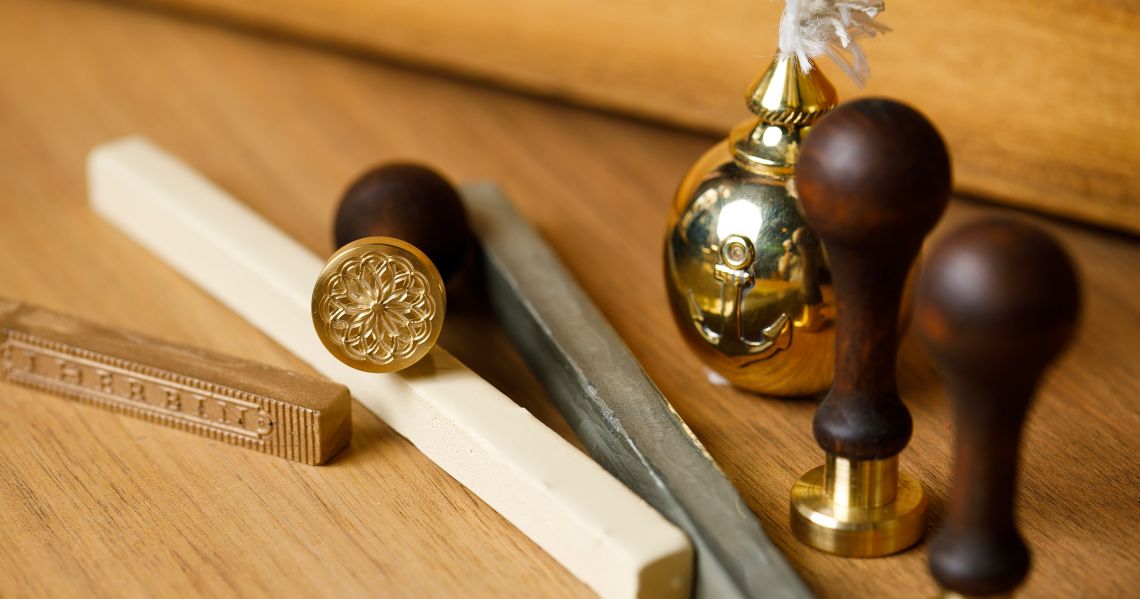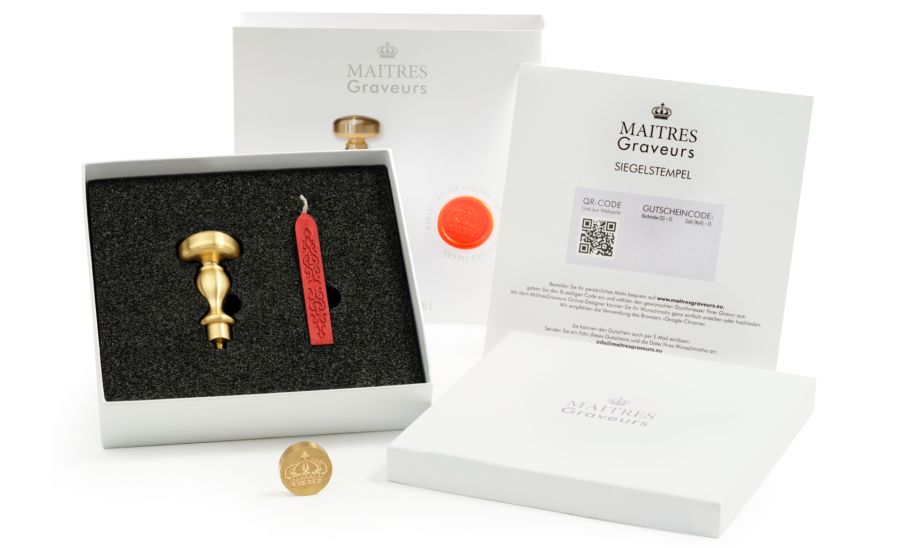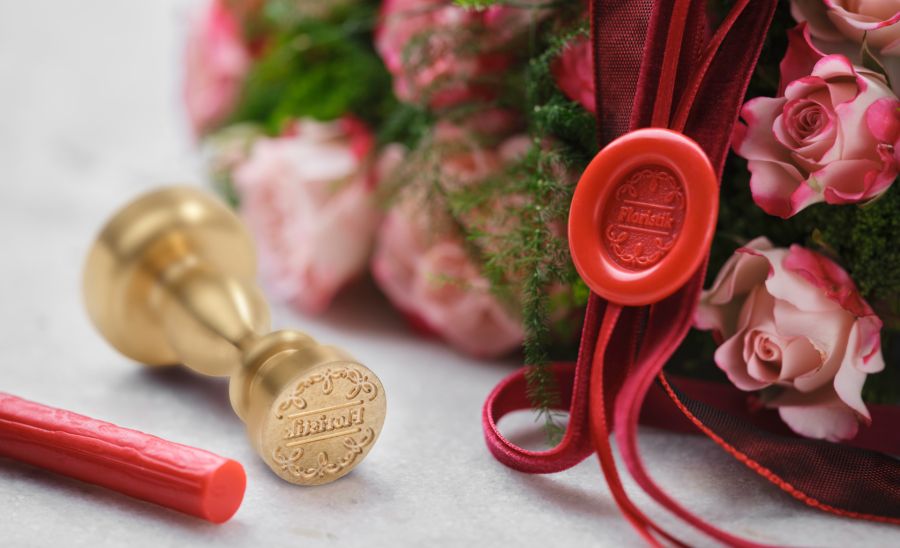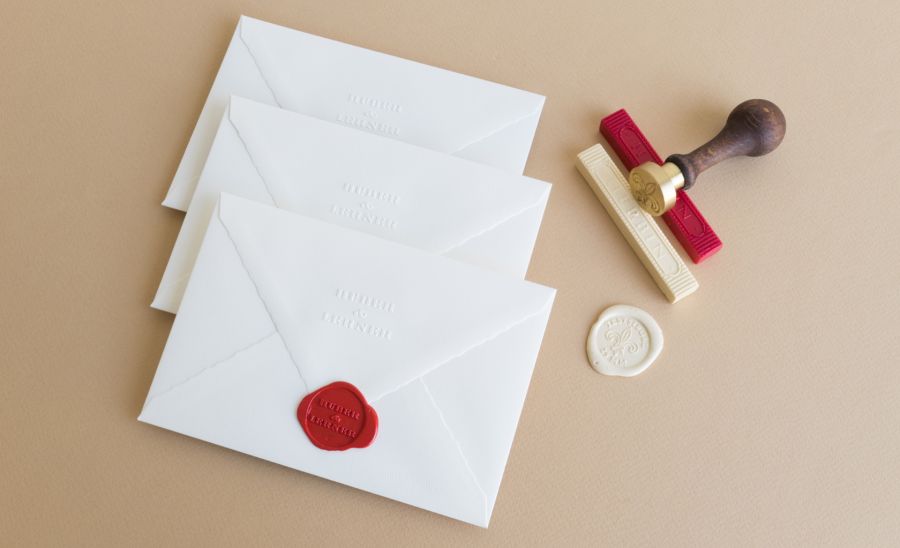
Sealing Lacquers & Signets
In the past, letters, certificates and important documents were finished with seals and even today, seal lacquer and signets enjoy wide popularity. Huber & Lerner has a wide array of finished signet motifs in its assortment or you may wish to have an individual signet (seal stamp) engraved with your monogram or company logo.
Ready-made motifs or individual engraving
Choose from a selection of ready-made motifs, which you can find either in our store in Weihburggasse or directly in our online shop.
If you want a completely individual design such as a logo, family crest or monogram on a seal stamp, we recommend the Maitres Graveurs gift box.
Using the online editor, you can design your desired motif yourself or leave this process to us. The Maitres Graveurs online editor offers a variety of fonts and also the option to upload your own motifs. If you have any questions or problems, we will be happy to advise you or take over the implementation of the desired motif. The brass seal with your individual motif will be made in the selected size and then sent directly to you.
In the case of larger mailings, we also offer the option of having wax seals pre-produced. These are then quickly and easily stuck onto the envelope using adhesive strips. If you are interested in costs and delivery times, we are happy to help at any time.
We also stock suitable sealing wax (glossy) or sealing wax (matt) for sealing your own mail. A charming detail, especially for sending wedding invitations. You can find an extensive selection of sealing wax and sealing wax in a wide range of colors in our online shop!
How to create the perfect Seal
Warning – please only work using a fire-resistant, clean base. Prepare the lacquer and a small flame, such as a candle or preferably a small spirit lamp. The signet’s brass plate should be clean and cold. It may be helpful to rub a thin layer of vegetable oil over it before use.
-
Warm the lacquer bar using a small spirit lamp, turn the lacquer over the flame and keeping a safe distance (the lacquer should not be so warm it drips or turns black – should it catch fire, blow it out) and dab on the envelope flap shortly before it begins to drip, turn the bar and remove. (If necessary mix the resulting soot into the lacquer and wait until the lacquer thickens). Should threads appear, roll over them with the bar or simply scrape away after cooling. Two coatings are usually necessary to create a normal-sized seal.
-
Then press the seal for 4-5 seconds on the viscous lacquer. If several seals are required, cool the brass plate of signet between seals.
-
Let the finished seal cool for a short time.
Tips on making seals
Stuck seal stamps can be easily cleaned using methylated spirits.
Long lacquer sticks make about 30 seals and shorter ones 14 seals (using a signet of 2.4 cm or 0.95 inches in diameter).
Origin of sealing wax
Sealing wax, probably brought to Europe from ancient India via various trade routes, was already in use in Europe in the Middle Ages. The seal impressions were usually applied as coats of arms, monograms and sometimes as mysterious symbols and could only be "broken" (opened) by certain people. The wax consists of plant resins such as shellac, turpentine and pine tears, the finest types of chalk, mineral colors and fine fragrances.




